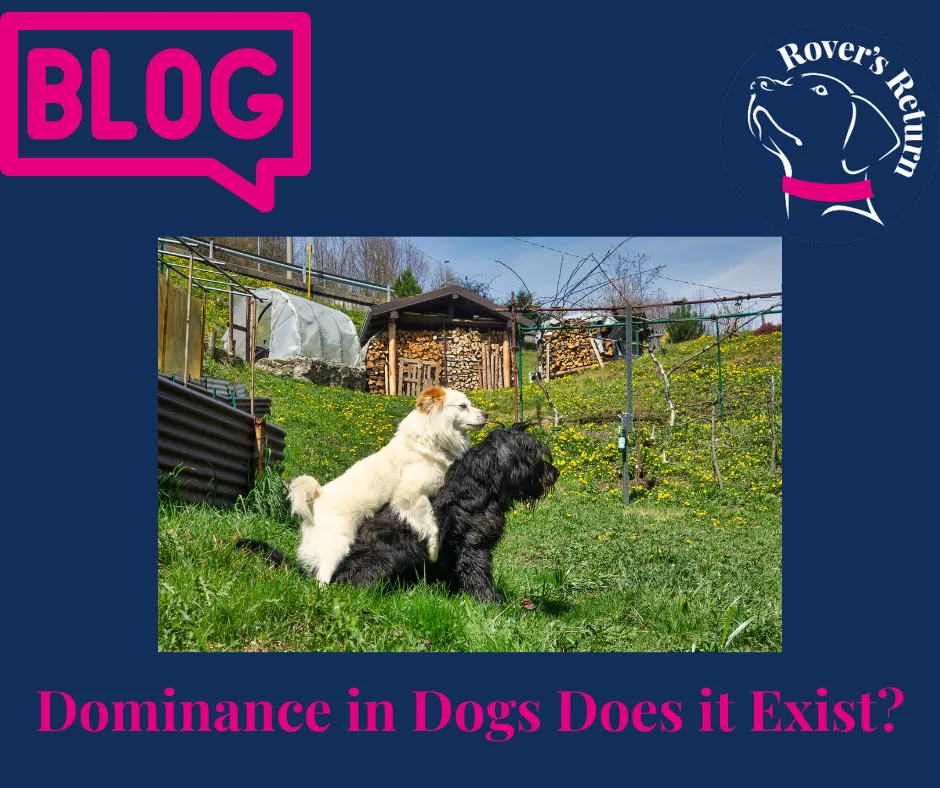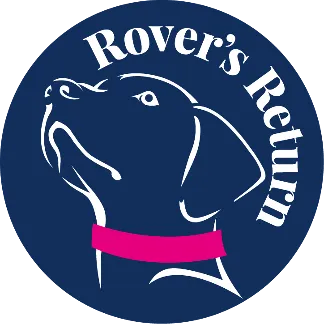Book a FREE 1:1 Assessment Call By Clicking HERE
Specialising In Dog Reactive Behviour
Accredited by APDT, ABTC and UK DOG Behaviour and Training Charter
Qualified and Experienced
Force Free Trainer and Behaviourist
Dog Training Leicestershire Educational Blogs

Dominance in Dogs Does it Exist?

The prevailing view of a wolf (Canis lupus) pack is that of a group of individuals vying for dominance but held in check by the "alpha" pair, the alpha male and the alpha female. However, studies have been conducted on non-natural assortments of captive wolves’ Dr Mech (Alpha Status, Dominance, and Division of Labor in Wolf Packs)
Dominance in Dogs Does it Exist?
The concept of dominance in dogs has evolved significantly over the years. Originally, the study observed wolf pack behaviour, where a strict hierarchy appeared. This led to the belief that domestic dogs, descendants of wolves, also operate under a similar dominance hierarchy, where they seek to assert dominance over humans and other dogs.
Through domestication, we have shaped dog behaviour as well as their features.
Dominance Theory In Dogs
Recent research and understanding of animal behaviour and canine psychology have challenged these traditional views.
Myth of the Alpha Dog: The "alpha" dog theory is derived from early wolf studies, and has been largely debunked. These studies were based on observations of unrelated wolves forced to live together in captivity, which does not accurately reflect the behaviour of wild wolf packs. Wild wolf packs typically consist of family units with cooperative behaviour rather than rigid dominance hierarchies.
Canine Social Structure: Domestic dogs have social structures, which are fluid and context-dependent, not rigid as the dominance hierarchies previously suggested. Social interactions among dogs are influenced by a variety of factors, including individual personalities, experiences, and the specific context of the interaction.
Training and Behaviour: Effective dog training has shifted from dominance-based methods (like alpha rolls and physical corrections) to positive reinforcement techniques. Modern training emphasises understanding canine behaviour, building trust, and reinforcing desired behaviours rather than punishing undesired ones.
Misinterpretation of Behavior: Many behaviours that were traditionally interpreted as dominance (such as jumping on people, pulling on the leash, or aggression) are now understood to often stem from other motivations, such as fear, anxiety, excitement, or a lack of training.
Some trainers still maintain that dogs need harsh training to control them. Just this week a trainer contacted me and told me he used e-collars on larger breeds of dogs such as rottweilers and pit bulls, because they need training that way. This is not true, these breeds have the same needs as any other, not harsh training.

What Are The Signs Of Dominance In Dogs
Some of the behaviours that are seen as dominant
Dogs being on your bed - a client told me that another trainer told them to stop letting the dog on the bed because it was dominating them. The dog is just resting comfortably
The dog eating before you - my trainer used to pretend to eat a biscuit from the dog bowl so the dog saw him as an alpha.
Dogs being allowed on the furniture
Dogs going through doorways before you
Guarding toys and food - we used to be taught to take food and toys away from dogs, in reality, this can cause anxiety and dogs, and the dogs growl, communicating that they don’t want their food removed.
Humping - Dog hump when they are anxious, over-excited and need to release their energy. It used to be seen as a dominance act.
Not listening to you
Displaying aggression when given a command
Is It OK to Ascert Dominance In Dog
Dog behaviour is a direct result of the environment and treatment. Pain and health have a major impact on how a dog feels and behaves. The dominance theory does not take these factors into account and dogs suffer as a consequence of this type of training.
It is never ok to use dominance.
Dominance Toward Other Dogs
Dogs do not want to assert their dominance over us or other dogs. Dogs are social animals and have a special set of ritualised behaviours to achieve specific outcomes. When dogs greet, they go through an assessment process to gather information about the other dog.
Issues seen as dominance or aggression can occur when a dog is nervous or unsure and struggles with this interaction chain it can cause conflict and this is where problems may occur.
Some dogs are overactive in their play styles, causing conflict particularly when dog play gets too much and one dog can’t break off, or the other dog doesn’t allow it fights can happen as a coping mechanism to stop play.
A dog resting their chin or paw on the other dog's back, mounting or standing over them is not attempting dominance, think of them as that person who has no concept of personal space! It can be frightening and overwhelming for the other dog and cause aggression.
Conclusion
In summary, while dogs do have social structures and hierarchies to some extent, the simplistic dominance model does not accurately reflect the complex and varied nature of canine social interactions. Modern approaches to understanding and training dogs focus more on communication, cooperation, and mutual respect rather than dominance and submission.
Behaviour happens due to emotions, either to seek what benefits or to avoid threatening and scary situations. Dogs do not need harsh training for effective behaviour change.
Rovers Return Dog Training Based in Leicestershire offers force free behaviours consultations and training.
Highly Qualified Behaviourist
Accredited by APDT, ABTC and UK DOG Behaviour and Training Charter
Accredited Scentwork Instructor
Force Free Trainer and Behaviour
Force Free Trainer and Behaviour
Accredited Scentwork Instructor
Accredited by APDT, ABTC and UK DOG Behaviour and Training Charter
Highly Qualified Behaviourist
Contact Us
Sam: 07725 802995
You can contact us via Live Chat button at the bottom of the screen or the contact box to the right.
You can also book one of our services online using the View Dates buttons under the service you require.
© 2023 by Rovers Return Dog Trainers Academy - Force Free Dog Training Lutterworth, Broughton Astley, Leicestershire, Hinckley, Nuneaton, Stoney Stanton, South Kilworth, Ullesthorpe
Privacy Policy | Terms and Conditions | Terms and Conditions of Services | Sitemap


Facebook
Instagram
X
LinkedIn
Youtube
TikTok